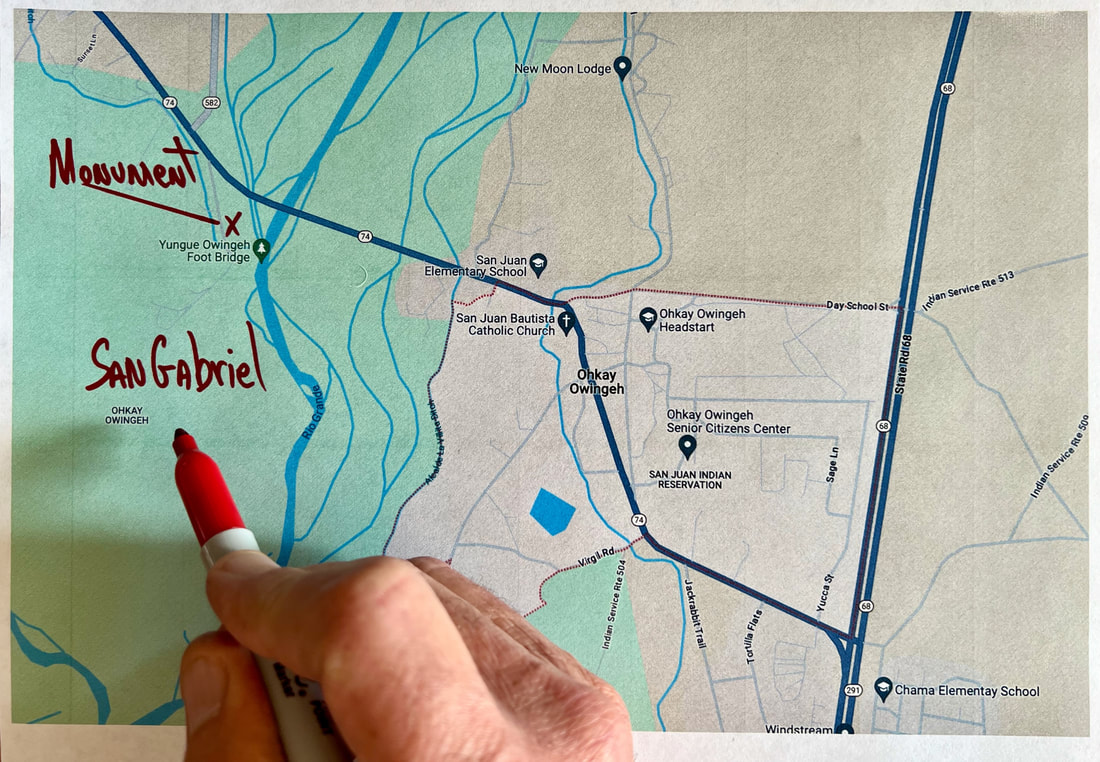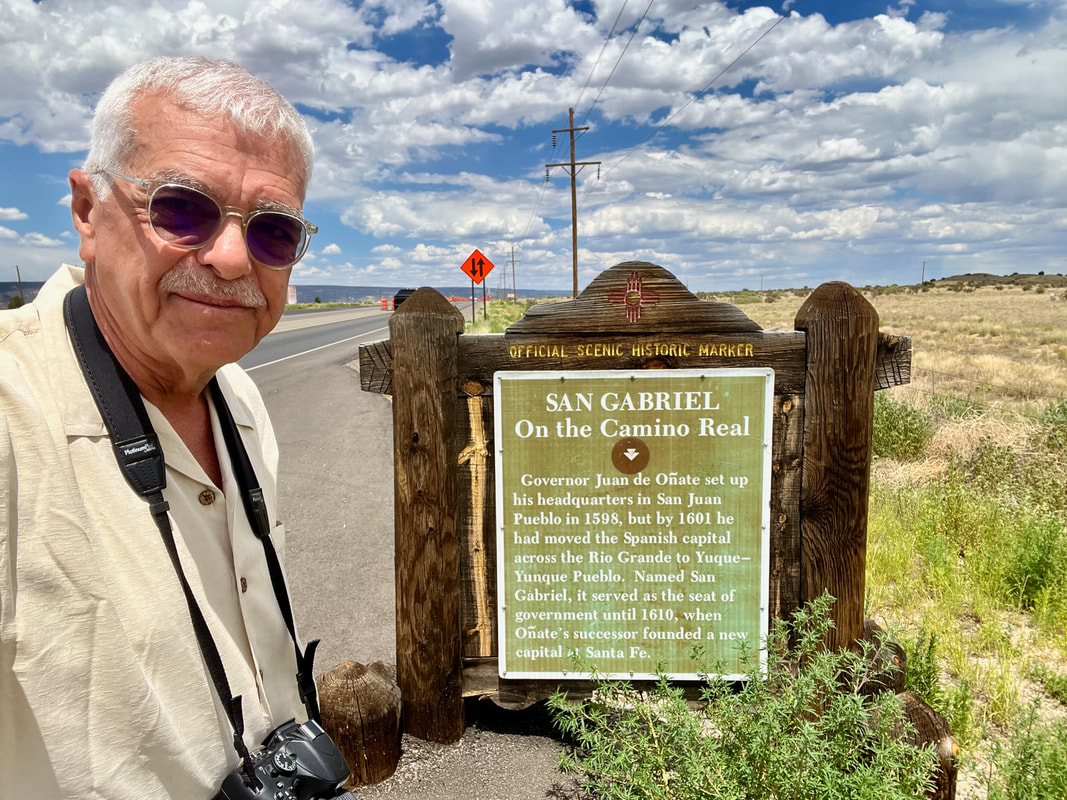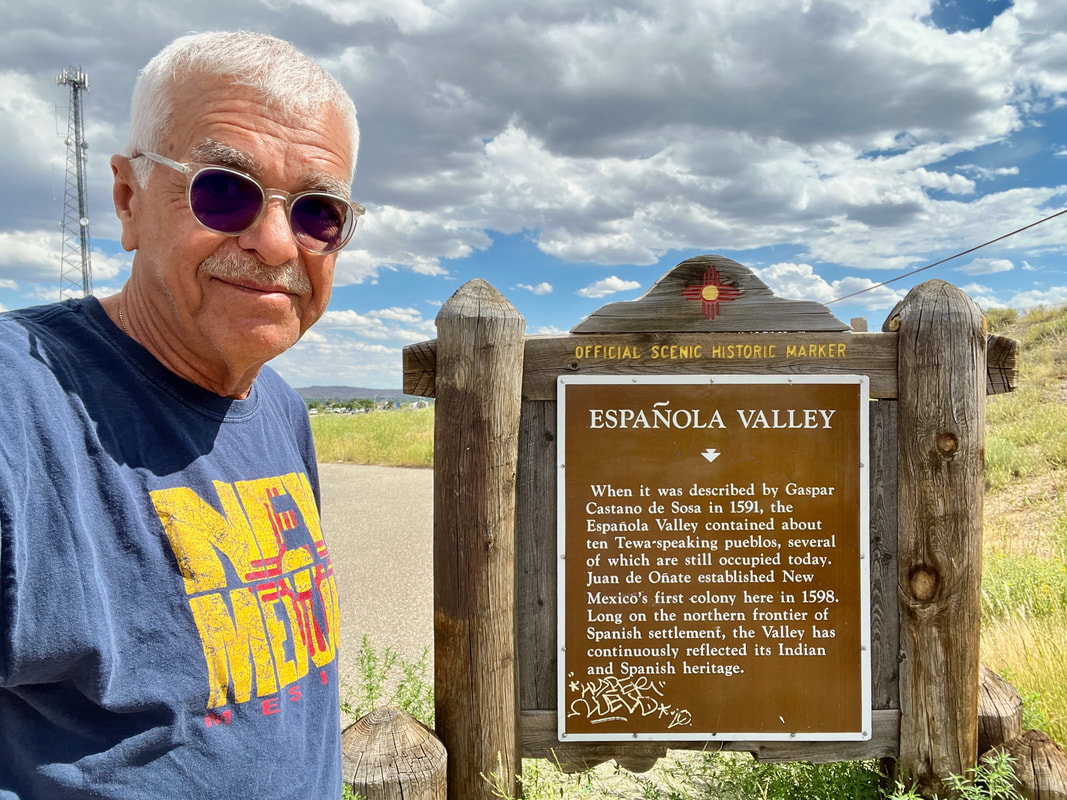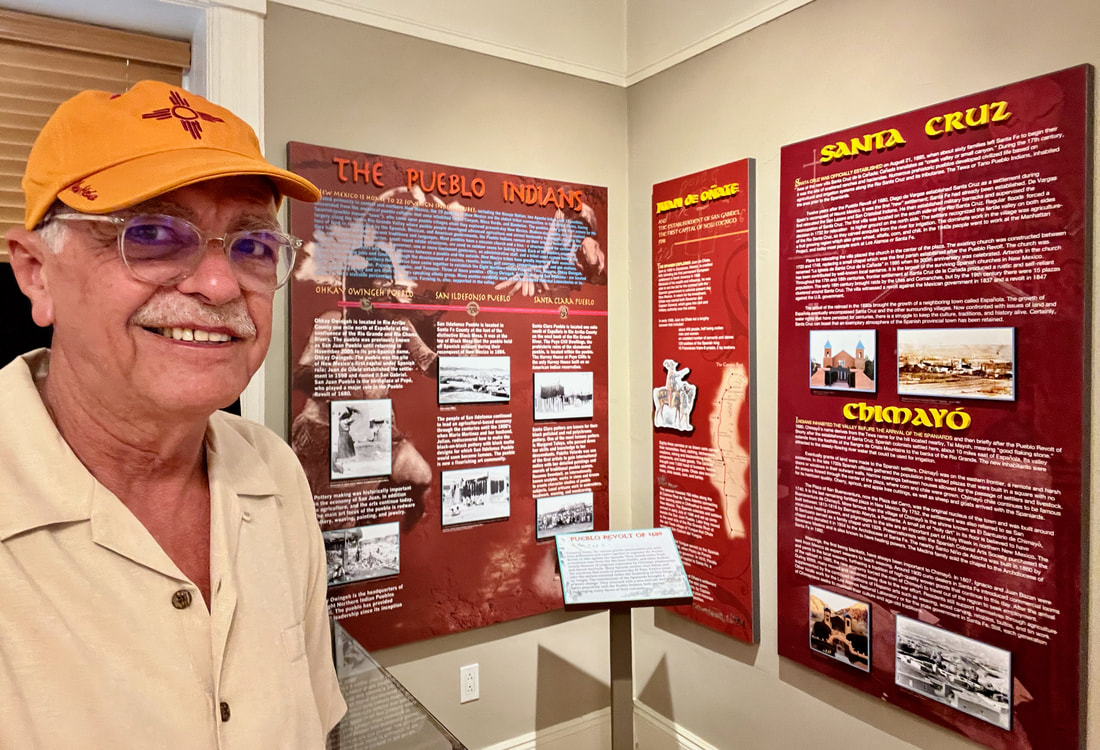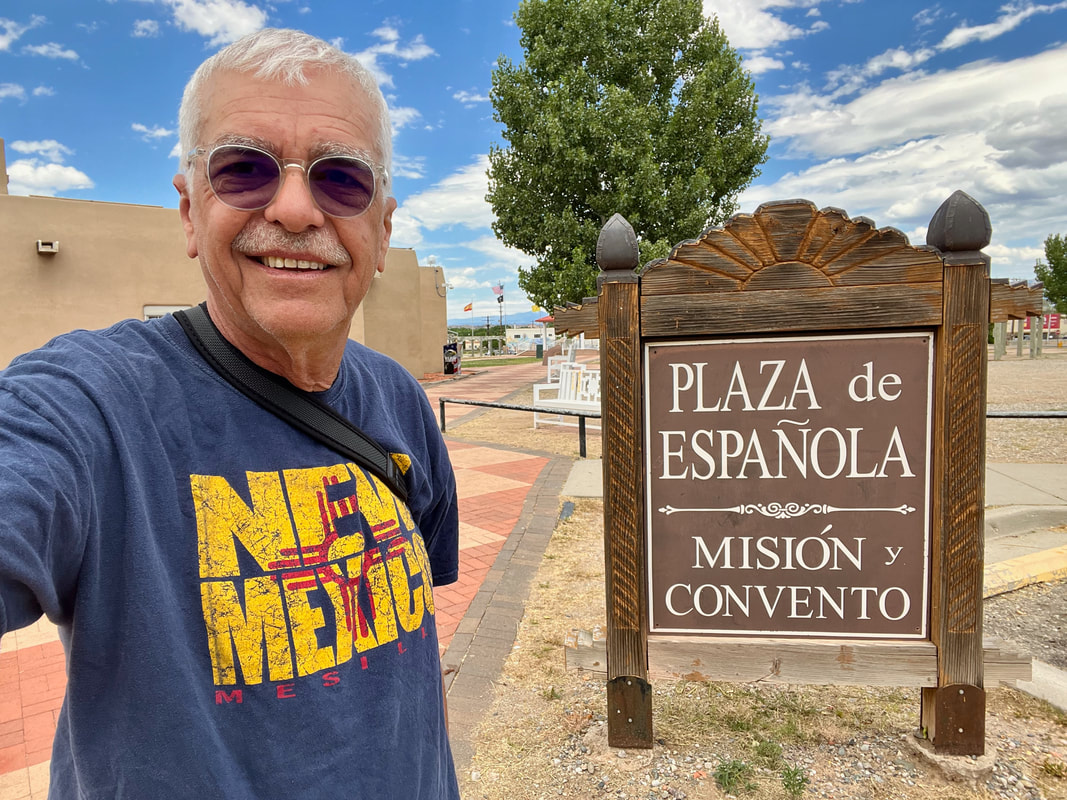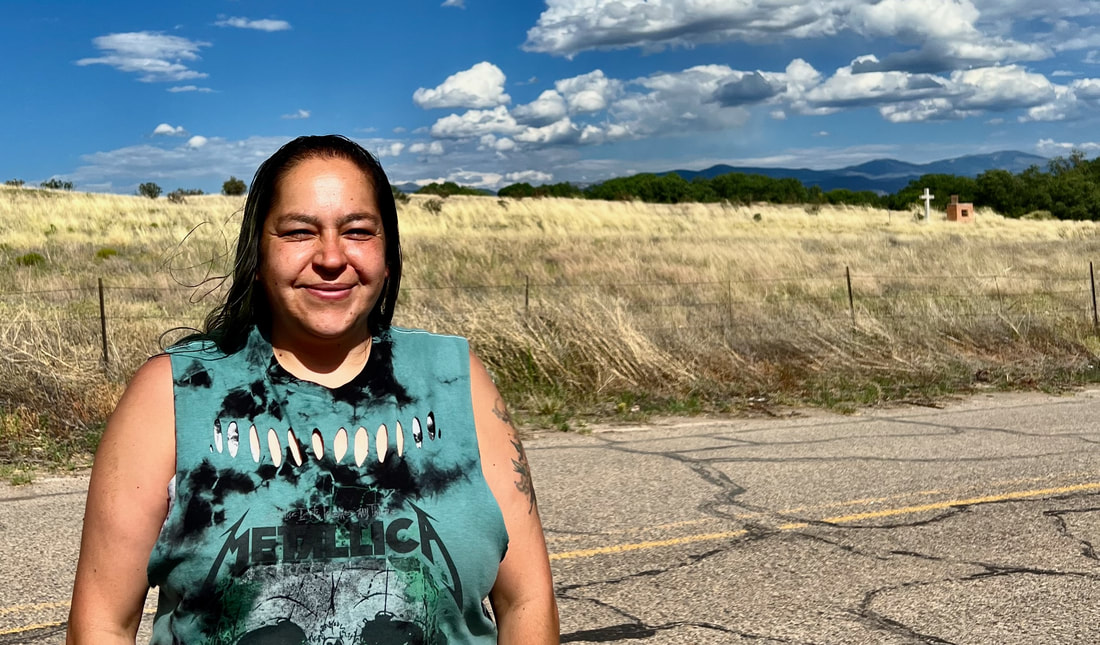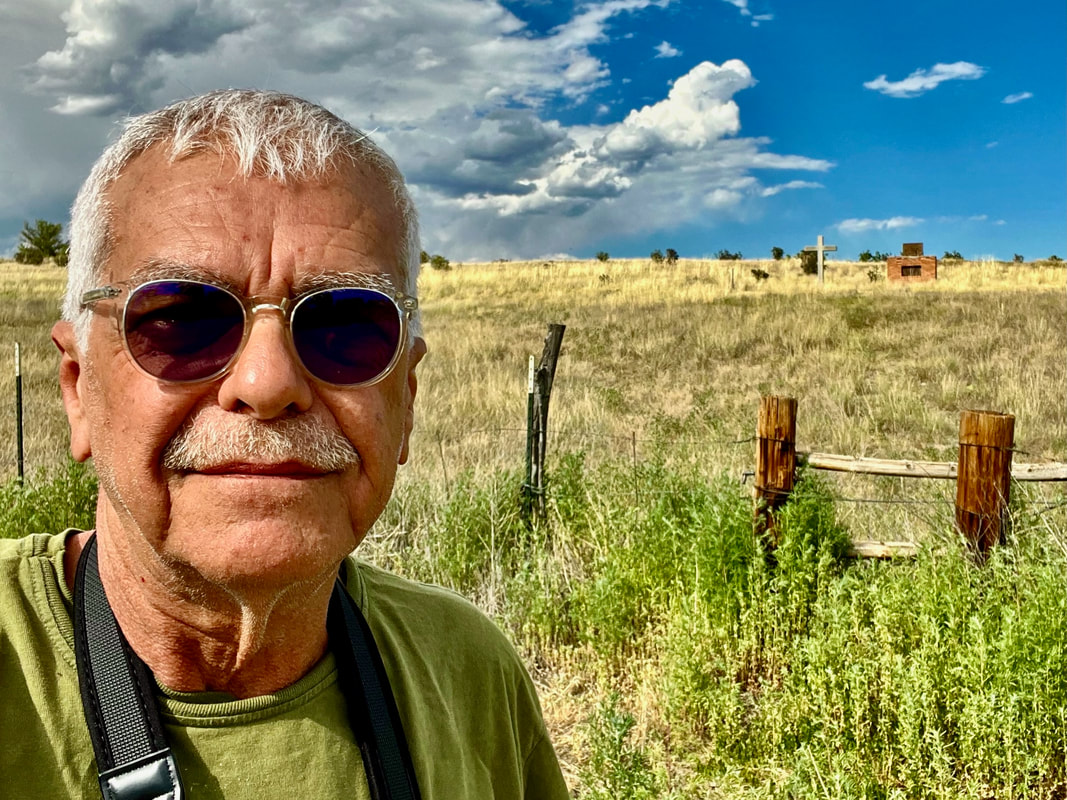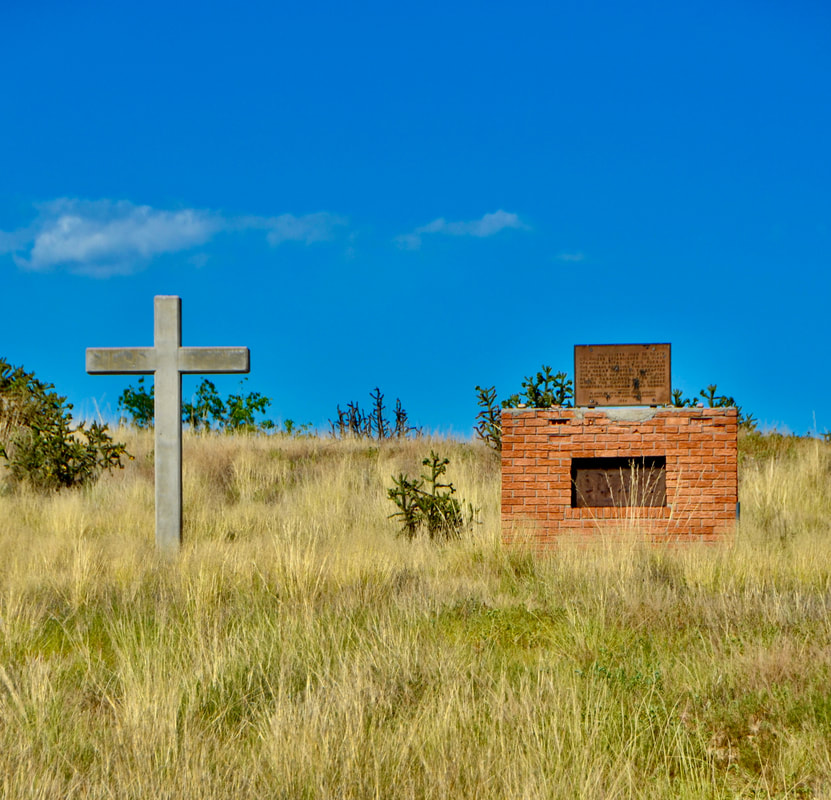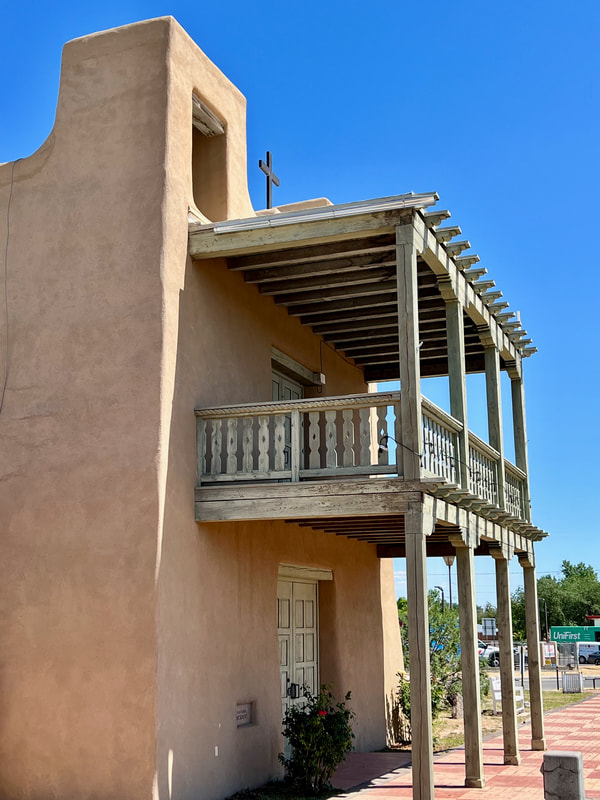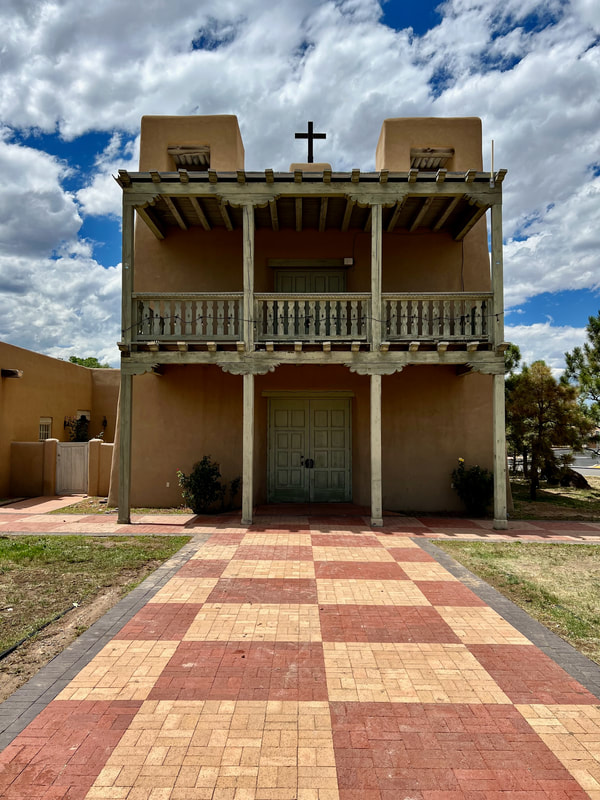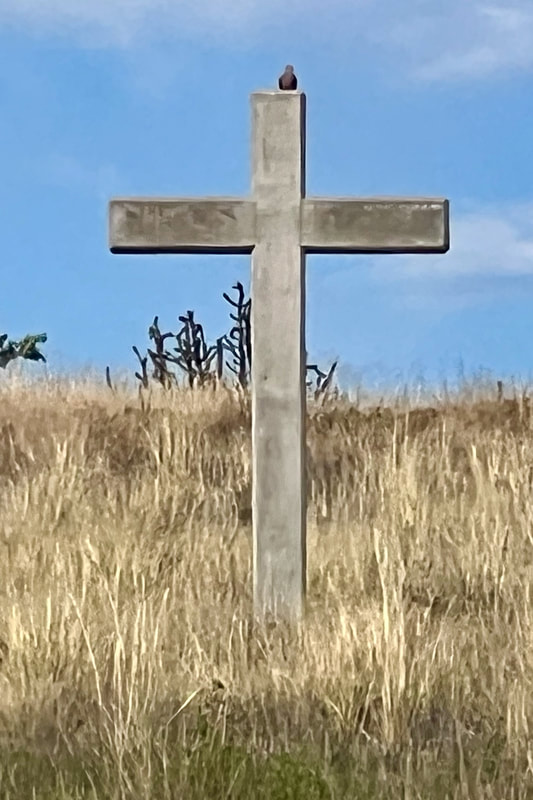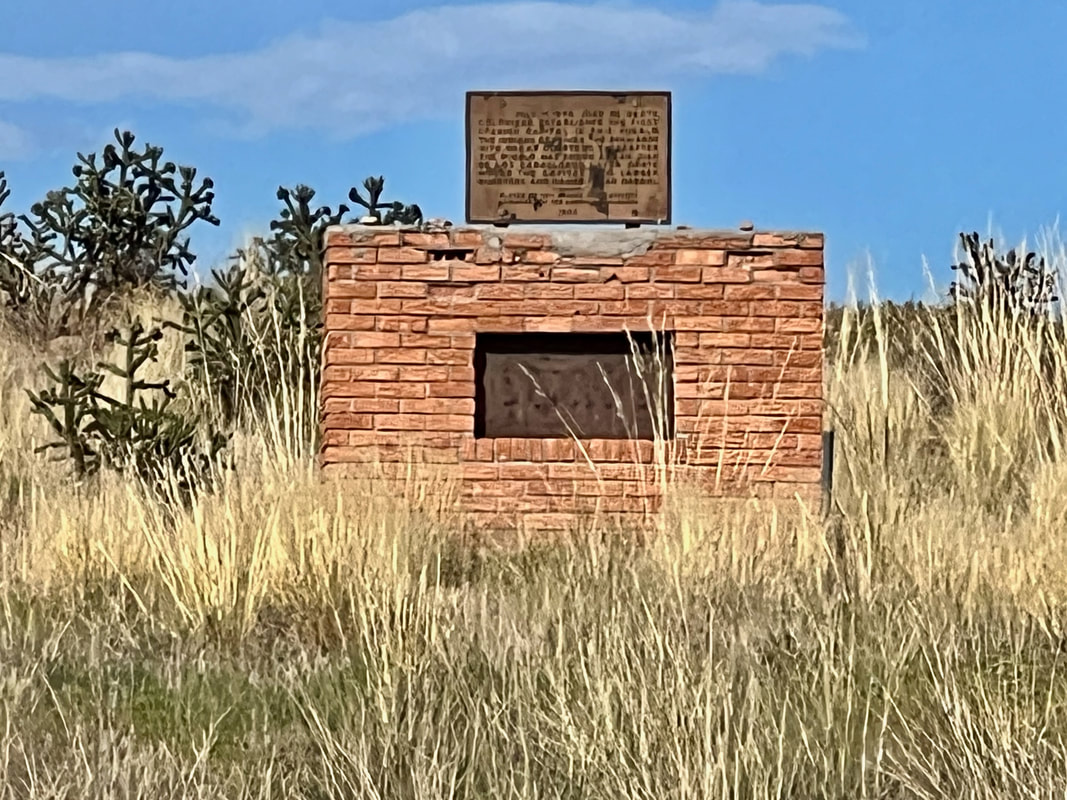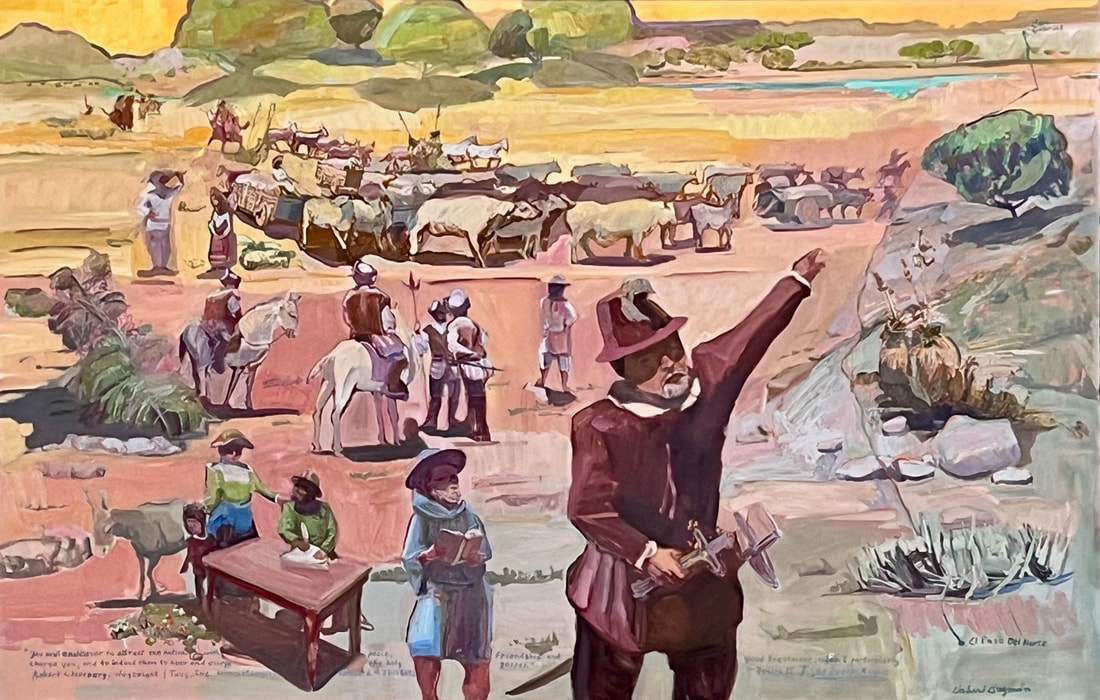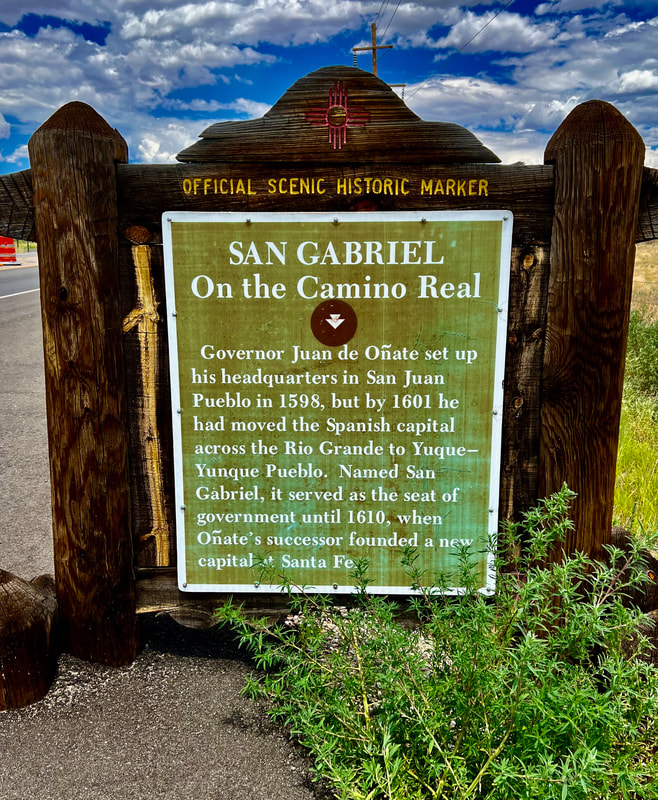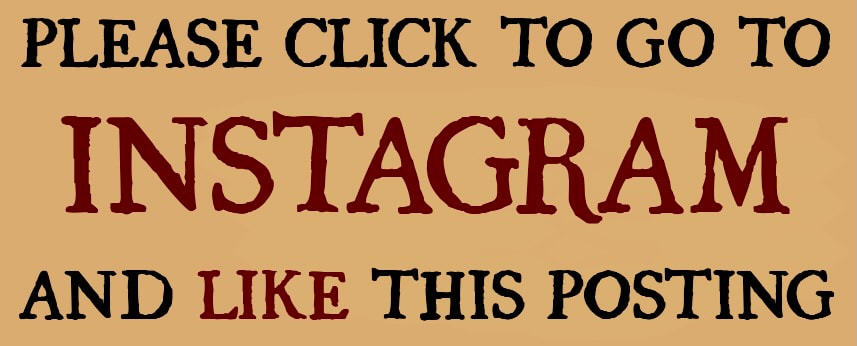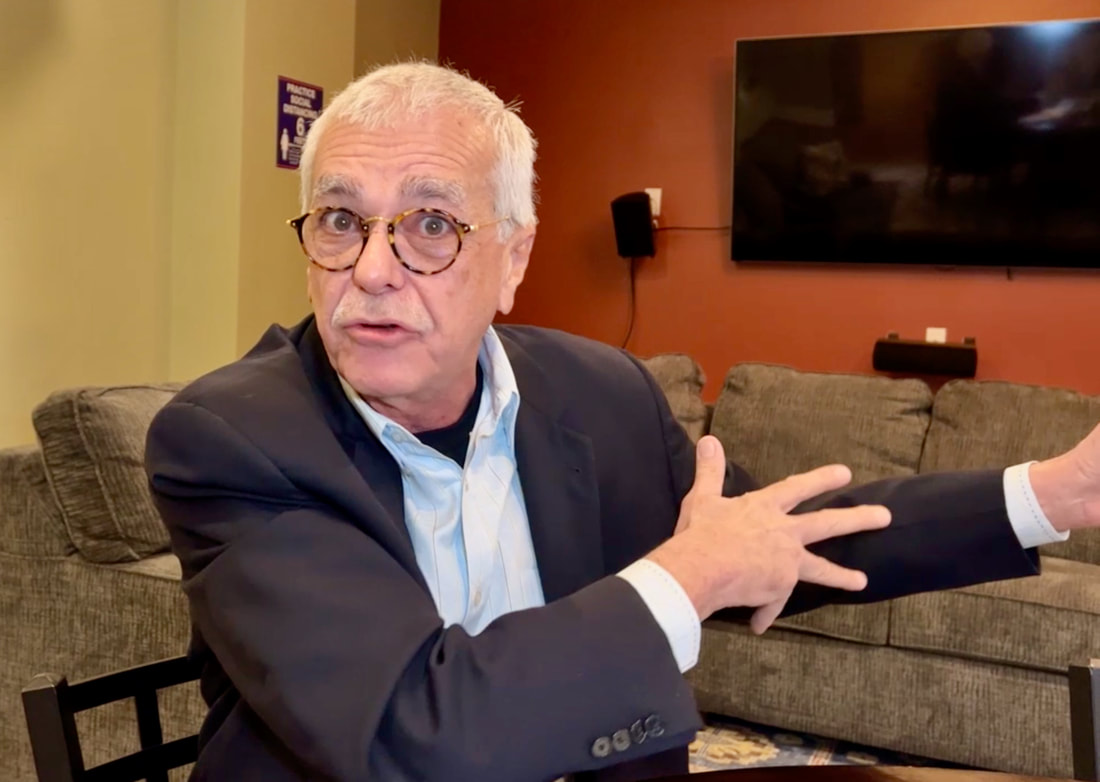EXPLORING
|
|
|
By Miguel Pérez Part 24 of a series In perhaps the most challenging part of my New Mexico road trip, I went looking for San Gabriel del Yunque, the long-lost 17th century capital of the Spanish province of Nuevo Mexico. I didn't know if I could find it, but I'm happy to report that I did — with a little help from my new Native American friends! I was leaving Ohkay Owingeh, also known as San Juan de los Caballeros, the first colonial capital of Nuevo Mexico, established by the Juan de Oñate expedition in 1598. And I was heading west and across the Rio Grande on NM-78, in search of San Gabriel, the settlement Oñate named and established as the second capital of New Mexico in 1599. |
|
|
Although San Gabriel remained as the capital for the following 11 years, until it was moved to Santa Fe in 1610, I knew that the only thing left of San Gabriel is a hard to find and inaccessible, abandoned monument, and I had received some sketchy instructions on how to find it. But I must have taken a wrong turn somewhere! I was so lost that even my cell phone was out of reach from civilization!
So, there I was, on the west side of the Rio Grande, driving alone in a wilderness with lush vegetation, on very narrow dirt roads that seemed hardly passable, in an area unrecognized by my GPS. Although later I learned that I was in an area called El Quique, I was totally lost! In retrospect, it feels like a great adventure, but when I was there, I must admit, I was a little scared. |
|
And then suddenly, after continuously turning left and right in a wilderness maze, I came upon a house that seemed like the middle of nowhere. And there were a bunch of cars parked outside! And they were playing loud music! They were having a birthday party!
I have never felt so happy to crash a party before. lol But even before I got off my car, a woman came out from the front porch and asked if I was lost. "Totally," I told her as I pulled out a photo/printout of a monument I had seen on the Internet. "I'm looking for this old monument." I offered this information immediately because I didn’t want her to think I was trespassing for mischievous reasons. People have been getting shot for lesser intrusions nowadays. But she was extremely friendly! |
|
|
"I have never seen this," she said, pulling the printout out of my hand. "But maybe someone else in the house has seen it. C'mon in." Her hospitality was overwhelming!
Since I arrived in New Mexico, people have been telling me not to believe the news reports which tend to exaggerate the friction between Hispanics and Native Americans. They tell me they get along much better than the small minority of extremists who fight over statues and grab all the headlines. They tell me that many of them are married and have children with each other. Instead of adversaries, they are familia — for generations! They tell me that the hospitality that they showed each other when the Spanish arrived in 1598, still exists today. And now I was seeing it for myself. Only minutes after being totally lost in the wilderness, I was in the kitchen of a Native American home, suddenly part of Lily's ninth birthday celebration, and everyone at the party was passing around my printout. It was awesome! |
|
And sure enough, a couple of people recognize the monument and knew exactly where to find it. And then they started to chat about me as if I was not there. lol
"He is not going to be able to find it by himself," a woman said. "There are no signs on that road and he won't know where to turn," another woman said. "Yeah, before he crosses the bridge, he has to turn right over there," a man added. "But it's not a straight right," another man said. "It's like a fork over there." "I'll take him," yet another woman volunteered. "I'm going that way anyway and he can follow me." |
|
A short drive later, after following my new friend Angela Edmonds, she pulled to the side of the road, walked to my car and pointed to the monument. I was thrilled!
"Let me take your picture," I said as I thanked her several times. She smiled for my photo and then drove way, leaving me alone to enjoy my discovery. |
|
I was on a paved road (Old 74), but there was no one else around. No traffic whatsoever. Although this monument is a National Historic Landmark since 1964, it is no longer accessible to the public. The monument is in a fence field. Only my telephoto lens took me close to the cross and red brick structure that still stand for San Gabriel.
Frankly, after my struggle to get there, I was tempted to jump over that fence. Only my fear of snakes in those knee-high weeds kept me away! The red brick monument is topped by a plaque that is so deteriorated that it's not even legible! Yet this is the only landmark for San Gabriel. The Misión Museum, built in the nearby City of Española in 1996, is a speculative replica of San Miguel, the mission church that once stood here. But that church, a military garrison and the homes that once made the town of San Gabriel are totally gone. There is no trace of them! Some background: When Oñate was replaced by Pedro de Peralta as governor of New Mexico in 1610 and the capital was relocated some 25 miles to the south, to Santa Fe, most of the settlers also made the move. Some colonists remained. But what was left of the village was destroyed during the Pueblo Revolt of 1680, when Spanish settlers were driven out of New Mexico for 12 years. San Gabriel was abandoned, and the land was eventually reclaimed by Ohkay Owingeh. But San Gabriel was also reclaimed by nature. It disappeared in the wilderness even to archeologists who spent many decades trying to find it. |
Misión Museum in Española is a replica of the San Miguel Mission church that stood in San Gabriel in the early 1600s, some 425 years ago.
|
|
Amazingly, it was not discovered until the 1940s and it was not fully excavated until the 1960s. That’s when a four-year excavation by University of New Mexico archeologists uncovered the ruins of the barracks, the church, a blacksmith’s shop, adobe ovens (hornos) some 65 dwellings and numerous artifacts. They even found evidence of how the Spanish remodeled native dwellings that were already there, placing ground-level doors on structures that had only been accessible through the roof, and with a ladder.
Even more amazingly, this huge finding was allowed to be lost again! “After these archeological investigations, San Gabriel fell into greater ruin,” says the website of the National Parks Service. “The residents of Ohkay Owingeh removed adobe from its exposed walls to use elsewhere. In 1984, the ruins of San Gabriel were leveled, and the land used for alfalfa production.” |
|
|
Yup! From a historic capital to a field of weeds! The only thing that remains is an abandoned, inaccessible monument.
Although mostly wilderness, the San Gabriel area is now part of Ohkay Owingeh, which is a federally recognized reservation. The San Gabriel monument, off Old 78, also called Yongue Owinge Road, is within walking distance to the Yungue Owingeh Foot Bridge, which is a great solitary place to view both sides of the Rio Grande, unspoiled by development, as it flows south through New Mexico. (See photos). |
|
Some years ago, the annual Fiesta del Valle de Española began on the night before the celebrations with a “vespers service at the site of the original San Gabriel Mission,” according to the fiesta’s program. But since they have a replica of the original church in Española now, the site of San Gabriel is sadly fading into oblivion.
There is a San Gabriel Historical Society, “preserving the history of the Española Valley,” and running the Bond House Museum in downtown Española, where some exhibits briefly recall San Gabriel. But at the nearby Misión Museum, displaying impressive illustrations of New Mexico’s Hispanic history, you see the pioneer Spanish settlers moving from San Juan de los Caballeros (Ohkay Owingeh), to establish San Gabriel (see image). |
|
The exhibit explains that these important events in American history were documented by Gaspar Pérez de Villagra, a captain and legal officer of the Oñate expedition (considered New Mexico’s first historian), in his book entitled: Historia de Nuevo Mexico, published in 1610. "This eyewitness account documents the early beginnings of Hispanic New Mexico," the exhibit says. "This same history is often overlooked in American history books and it is frequently absent from the pages of books that claim to tell the history of the Hispano experience in Northern New Spain.”
Wow! That’s what I’ve saying for many years! That’s the reason why this website was created! It’s the reason why my Hispanic history road trip must move on. |
|
For my next article, let's go further back in time to visit the ancestral homelands of the Tewa people. Let's trek up to the cliff dwellings where they lived before they moved to the villages that the Spanish later called pueblos and named them after saints. Are you up for some serious mountain climbing? Let's go!
|
|
To read other parts of this ongoing series, click: EXPLORING NEW MEXICO
Para leer otras partes de esta serie, clic: EXPLORANDO NUEVO MÉXICO
|
|

